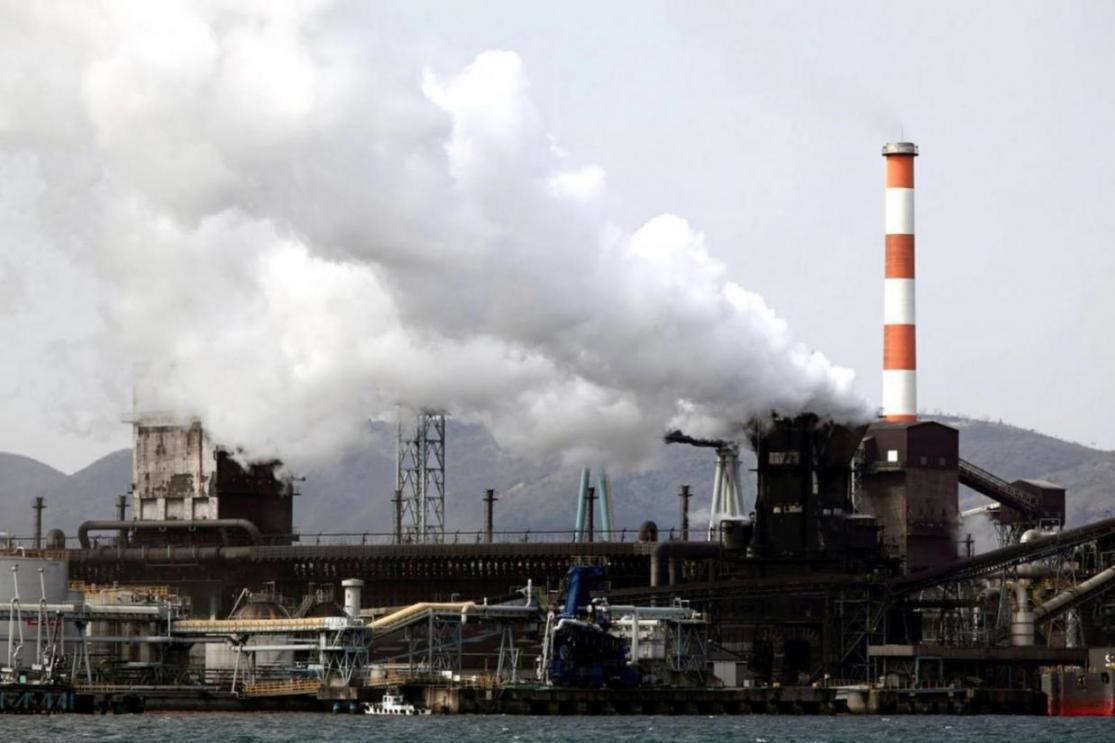Recent research indicates that Tehran is experiencing a steady rise in temperature caused by climate change, according to a faculty member at Khawrazmi University.
“In 2007, Iran was ranked tenth in the world in carbon dioxide emissions, and it climbed to seventh in 2009,” said Mehri Akbari.
Climate is inherently changing. However, human activity has exponentially increased the rate at which climate changes. “Studying changes in global temperatures from 1880 to 2010 supports the notion of manmade climate change.”
Elaborating on the impact of the phenomenon, Akbari said, “Increasing temperature, rainfall, and storms are all indicators of accelerated climate change.”
Scientists predict that global temperatures will increase by 1 to 5.3 degrees Celsius by 2100, she said, adding that oceans’ water level will increase by half a meter while countries such as the Maldives will go under water.
The increase in ocean water level is attributed to melting icecaps in the poles. “In other words, inland bodies of water such as the Caspian Sea will instead experience decline in water level,” said Akbari, who attended the UN World Conference on Disaster Risk Reduction held in Sinai, Japan in March.
Not Taken Seriously
Pointing to the gradual rise in Iran’s carbon dioxide emissions, Akbari expressed concern about the officials’ lack of action. “It seems to me that the threat of climate change is not taken seriously.”
“Eexperts believe that temperatures in the central and eastern regions of the country will increase by 1.4 to 1.7 degrees Celsius by the end of the century,” she asserted.
Elaborating on the effects of climate change in Iran, Akbari said, “Temperatures will often exceed 40 degrees Celsius, while the rate at which desertification occurs will also increase.”
Furthermore, the western provinces will experience more frequent and severe dust storms, and the entire country will have to deal with drought, she warned.
Urban Heat Islands to Blame
“The larger the city, the more severe the impact,” Akbari noted, adding that populated regions will be highly affected by climate change since they are responsible for a greater share of CO2 emissions.
Urban heat islands (UHI), which are metropolises that are significantly warmer than their surrounding rural areas due to human activity, contribute to climate change, according to Akbari. The temperature difference between the city and the rural area is usually larger at night than during the day, and is most apparent when winds are weak.
The main cause of the urban heat island effect is from the modification of land surfaces, which use materials that effectively store short-wave radiation. As a population center grows, it tends to expand its area and increase its average temperature.
“The steady rise in Tehran’s temperature needs to be taken seriously, and policymakers must take action to reduce the impact of climate change to the extent possible,” Akbari urged.


